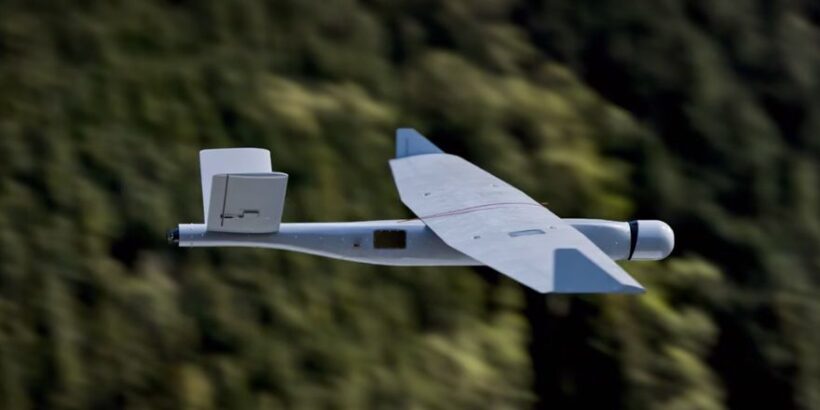ZALA Aero specialists have modernized the T-20 Unmanned Aircraft System (UAS), enhancing its flight performance and expanding operational capabilities. Significant improvements include modifications to the airframe, communication and navigation systems, and the onboard computing complex, according to a company press release.
An optimized airframe design has reduced aerodynamic drag, resulting in improved flight efficiency. This enhancement, combined with the incorporation of new-generation battery technology, has led to increased endurance and range.
“The integration of next-generation battery packs, featuring increased energy density and resistance to extreme operating conditions, has enabled us to extend flight endurance to over seven hours and operational range to over 310 miles (500 km) per sortie. The system can now transmit high-definition video at distances exceeding 62 miles (100 km) from the control station,” ZALA Aero stated.
The UAV also incorporates advanced communication and navigation modules. These ensure reliable data transmission over extended ranges, even in environments with electronic countermeasures (ECM) and denied Global Navigation Satellite System (GNSS) signals. Dual radio altimeters and visual navigation enhance operational reliability in conditions of limited visibility and interference.
The upgraded onboard computer and artificial intelligence (AI)-powered software have expanded data processing capabilities. The T-20 is now capable of rapid decision-making, and its operational effectiveness has been improved through the implementation of a prioritized target selection mode.
The T-20’s operating temperature range spans from -40°F (-40°C) to +122°F (+50°C), with a maximum allowable wind speed of 30 knots (approximately 34.5 mph or 15 m/s). Its maximum operating altitude is 16,400 feet (5,000 m), and its airspeed ranges from 35 knots (40 mph, 65 km/h) to 59 knots (68 mph, 110 km/h). The UAV has a payload capacity of 5.5 lbs (2.5 kg) and is compatible with the payloads and pneumatic launch systems utilized by the ZALA T-16 UAS. This commonality enables the use of a unified equipment set across various platforms, and existing systems can be retrofitted with the necessary equipment, reducing logistics costs and operator training requirements.


